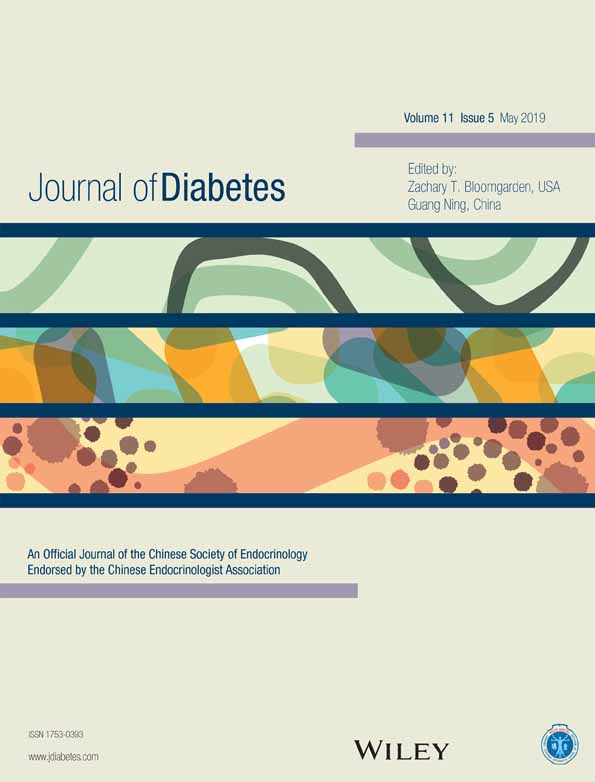Association of self-reported and cotinine-verified smoking status with incidence of metabolic syndrome in 47 379 Korean adults
47379名韩国成年人自我报告的吸烟状态以及可替宁证实的吸烟状态与代谢综合征发生率之间的关系
Abstract
enBackground
The relationship of cotinine-verified vs self-reported smoking status with the incidence of metabolic syndrome (MetS) is not known. This study investigated the effect of urinary cotinine-verified vs self-reported smoking status on incident MetS.
Methods
In all, 47 379 participants without MetS enrolled in the Kangbuk Samsung Health Study and Kangbuk Samsung Cohort Study between 2011 and 2012 (baseline) were included in this study and followed-up in 2014; median follow-up duration was 25 months. Cotinine-verified current smoking was defined as urinary cotinine concentrations >50 ng/mL. According to cotinine-verified smoking status at baseline and follow-up, individuals were divided into four groups: never, new, former, and sustained smokers.
Results
The incidence of MetS in the never, former, new, and sustained smoking groups was 9.9%, 19.4%, 21.4%, and 18.7%, respectively. Multivariate Cox hazard regression analyses revealed that the relative risk (RR) for incident MetS in cotinine-verified former smokers was significantly increased compared with that in cotinine-verified never smokers (RR 1.27; 95% confidence interval [CI] 1.16-1.37), especially in individuals exhibiting weight gain (≥2 kg). These results were consistent with those of self-reported smoking status. Baseline cotinine-verified current smoking (RR 1.09; 95% CI 1.03-1.15) and self-reported former (RR 1.10; 95% CI 1.02-1.18) and current (RR 1.15; 95% CI 1.07-1.23) smoking were also significantly associated with incident MetS.
Conclusions
This large observational study showed that cotinine-verified and self-reported former smoking during follow-up increased the risk for incident MetS, especially in individuals exhibiting weight gain (≥2 kg). This suggests that weight control in former smokers would be very important to reduce the development of MetS.
Abstract
zh摘要
背景
目前还没有人比较过可替宁证实的吸烟状态与自我报告的吸烟状态对代谢综合征(MetS)发生率的影响。这项研究调查了尿可替宁证实的吸烟状态与对照的自我报告吸烟状态对MetS发生率的影响。
方法
在2011年至2012年期间(基线)共有47379名没有MetS并且参加过Kangbuk Samsung健康研究与Kangbuk Samsung队列研究的参与者被纳入了该项研究,并在2014年进行了随访;中位数随访时间为25个月。可替宁证实的目前正在吸烟被定义为尿可替宁浓度> 50 ng/mL。根据基线时以及随访时可替宁证实的吸烟状态将参与者分成4组:从未吸烟者、新近吸烟者、既往吸烟者以及持续吸烟者。
结果
在从未吸烟者、既往吸烟者、新近吸烟者以及持续吸烟者组中MetS的发生率分别为9.9%、19.4%、21.4%与18.7%。多变量Cox风险回归分析显示,在可替宁证实的既往吸烟者组中发生MetS的相对风险(RR)与可替宁证实的从未吸烟者组相比显著增加(RR为1.27;95%置信区间[CI]为1.16-1.37),尤其是体重增加(≥ 2kg)的既往吸烟者组的相对风险增加得更明显。这些结果与自我报告的吸烟状态分组比较结果相似。基线时可替宁证实的正在吸烟(RR为1.09;95% CI为1.03-1.15)、自我报告的既往吸烟(RR为1.10;95% CI为1.02-1.18)以及正在吸烟(RR为1.15;95% CI为1.07-1.23)也都与发生MetS显著相关。
结论
这项大型的观察性研究表明,在随访期间可替宁证实的以及自我报告的既往吸烟会增加发生MetS的风险,尤其是体重增加(≥2kg)的参与者。这意味着对于既往吸烟者来说,控制体重对于减少MetS的发生风险非常重要。




